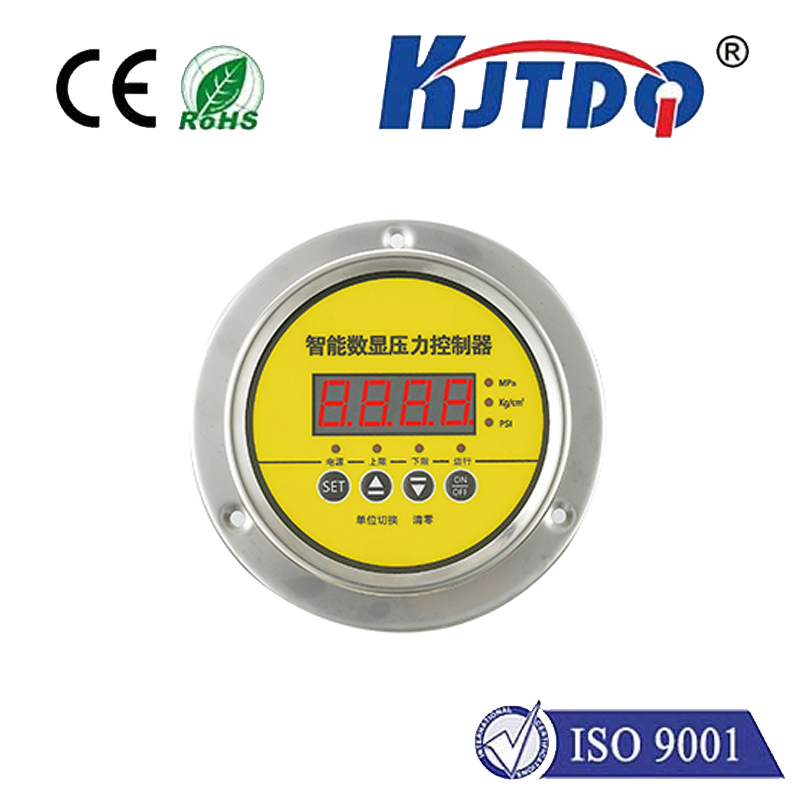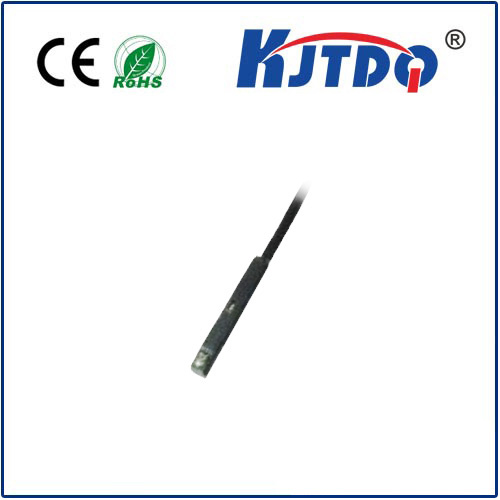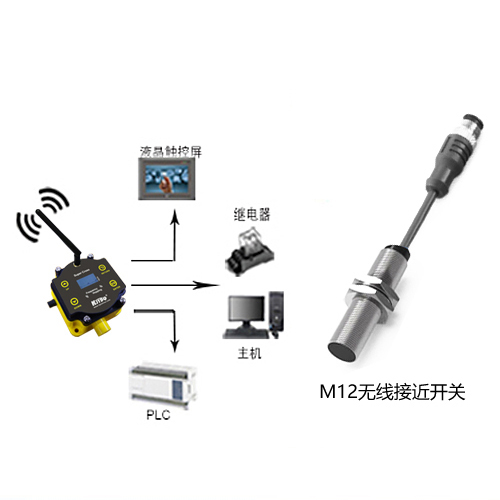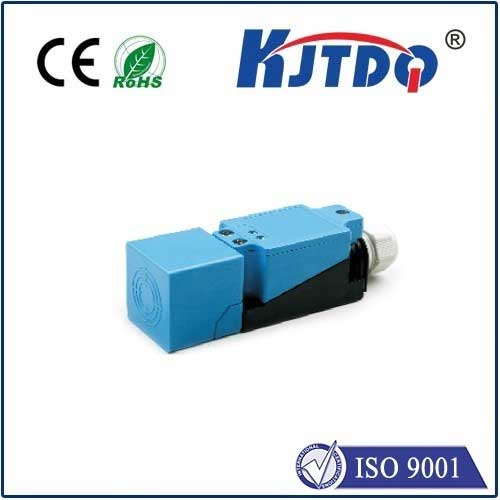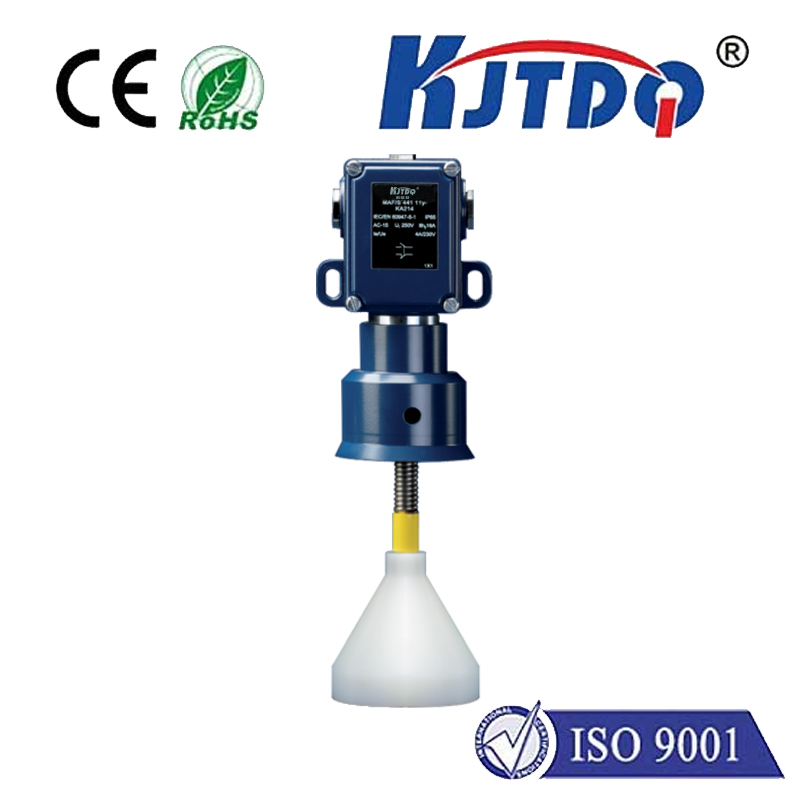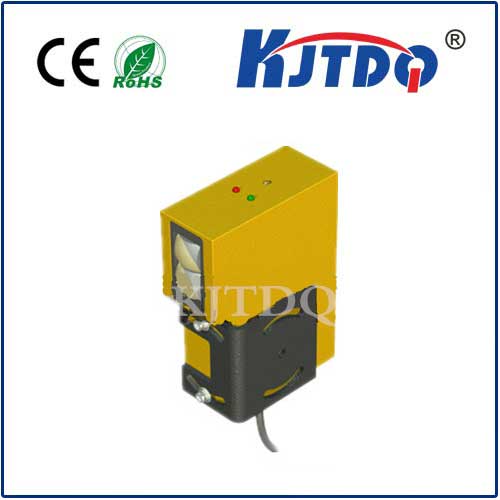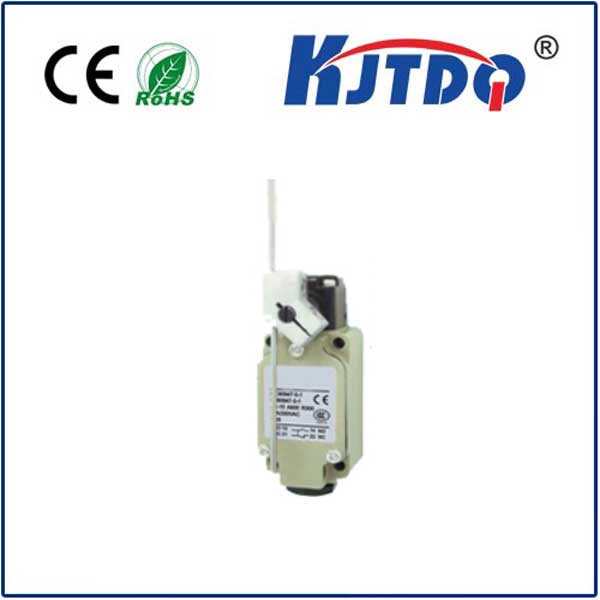E3ZM-R66 miniature photoelectric sensors
- time:2025-09-26 07:45:35
- Нажмите:0
E3ZM-R66 Miniature Photoelectric Sensors: Big Detection in Tiny Packages
In the demanding world of automation and factory floors, space is often a premium. Machines grow denser, layouts tighter, and integrating reliable detection becomes a constant balancing act. Enter the E3ZM-R66 miniature photoelectric sensor from Omron – a testament to the power of packing advanced sensing capabilities into an incredibly small form factor. This is not just a sensor; it’s a precision tool designed to thrive where others simply won’t fit, delivering dependable performance without compromise.
The Space Challenge in Modern Automation
As manufacturers strive for higher efficiency and output, machinery and production lines are designed with increasingly compact footprints. Robots work in confined cells, conveyor systems snake through limited spaces, and intricate assembly stations leave little room for bulky components. Traditional photoelectric sensors, while reliable, can sometimes be too large for these intricate setups, hindering design flexibility or requiring complex mounting solutions. This is where the miniaturization of critical components like sensors becomes not just an advantage, but a necessity. The E3ZM-R66 directly addresses this challenge, offering exceptional detection capability in a remarkably small package.
Understanding the E3ZM-R66: Retroreflective Excellence

The E3ZM-R66 belongs to the E3ZM series of miniature photoelectric sensors pioneered by Omron. The “R” designation specifically identifies it as a retroreflective sensor. Here’s how it works:
- Light Emission: The sensor’s built-in emitter sends out a beam of light, typically infrared or red LED.
- Reflection: This light beam travels towards a retroreflector (a special prismatic reflector designed to send light directly back to its source).
- Reception & Detection: The sensor’s receiver waits for the reflected light beam. When an object passes between the sensor and the retroreflector, it interrupts this returning beam.
- Output Signal: The sensor detects this interruption and changes its output state (e.g., from ON to OFF, or vice-versa, depending on configuration), signaling the object’s presence.
The key advantage of the retroreflective type, like the E3ZM-R66, is its ease of installation. Only one device needs wiring and mounting – the sensor itself – while the relatively inexpensive reflector is mounted opposite. This drastically simplifies setup compared to through-beam sensors, which require separate emitter and receiver units wired and aligned on either side of the detection point.
Key Features Driving Performance (Why the E3ZM-R66 Stands Out)
Despite its diminutive size, the E3ZM-R66 packs a significant punch, offering features crucial for reliable industrial operation:
- Ultra-Compact Design: This is the defining feature. Its minimalistic footprint makes it perfect for space-constrained applications where mounting real estate is extremely limited.
- Long Sensing Distance: Don’t let the size fool you. The E3ZM-R66 offers impressive sensing ranges, capable of reliably detecting objects over several meters away (specific distance varies by model variant). For example, common variants offer stable detection up to 3 meters or more, a remarkable feat for such a small sensor.
- Polarized Retroreflective: Many E3ZM-R66 models utilize polarized light technology. This means the emitted light is polarized, and the receiver only detects light polarized in the specific way reflected by the matching retroreflector. This significantly enhances immunity to false triggers caused by highly reflective backgrounds (like shiny metal or plastic) that might otherwise reflect unpolarized light back to the sensor. It provides superior background suppression.
- High Environmental Resistance: Built for harsh factory environments, it typically boasts a robust IP67 rating. This signifies excellent protection against dust ingress and resistance to water jets, ensuring reliable operation even in demanding conditions involving coolants, washdowns, or pervasive dust.
- IO-Link Compatibility (Select Models): Modern variants often incorporate IO-Link communication, the universal standard for sensor-to-control system communication. This enables remote configuration, parameter adjustment, real-time diagnostics, and enhanced data exchange, significantly simplifying maintenance, troubleshooting, and facilitating Industry 4.0 readiness.
- Stable Detection: Engineered for precision, the E3ZM-R66 delivers consistent and reliable object detection, minimizing false positives or missed detections that can disrupt production flow.
- Diverse Output Options: Available in configurations like NPN/NO, NPN/NC, PNP/NO, PNP/NC, providing flexibility to integrate seamlessly into various control systems (PLC, microcontroller inputs).
- Easy Mounting & Alignment: Its compact size often comes with versatile mounting options (brackets, etc.) and features like visible red LED beams and stable status indicators, simplifying initial setup and ongoing verification.
Critical Applications: Where Miniature Makes a Major Impact
The unique blend of small size, long range, and robust reliability makes the E3ZM-R66 miniature sensor exceptionally well-suited for numerous demanding applications:
- Tight Robotics: Presence detection in robotic grippers, end-of-arm tooling, and within confined robot cells where space around the work envelope is minimal.
- Compact Machinery: Object counting, part presence verification, or position detection inside packaging machines, small assembly stations, lab automation equipment, and medical devices.
- High-Density Conveyor Systems: Detecting small objects, verifying package orientation or flap closure on tightly packed conveyor lines where larger sensors would cause obstruction.
- Перевозка материалов: Jam detection, carton presence, and palletizing/depalletizing verification within compact sorting systems or automated guided vehicles (AGVs).
- Printing & Converting: Web break detection, sheet counting, or verifying media presence in printing presses and converting machinery.
- Electronics Assembly: Detecting tiny components, PCBs on carriers, or verifying placements in SMT lines and electronic test equipment.
- Food & Beverage: Bottle/cap presence, label detection, and level control on smaller filling lines or compact processing units, especially benefiting from models rated for washdown (IP67).
The Undeniable Advantage: Small Size, Big Benefits
Choosing the E3ZM-R66 transcends merely selecting a sensor; it’s a strategic decision for optimized design and performance:
- Maximizes Space Utilization: Enables sensor placement at critical detection points previously deemed inaccessible, unlocking new levels of machine compactness and design freedom.
- Reduces Installation Complexity: The single-unit design (plus reflector) of the retroreflective type significantly cuts down on wiring and alignment time compared to through-beam setups.
- Enhances Reliability: The combination of polarized optics, environmental sealing, and stable detection algorithms ensures consistent performance, minimizing downtime.
- Future-Proofs Systems: IO-Link compatibility on modern versions provides a clear pathway towards smarter, data-driven manufacturing environments.
- Improves Overall Efficiency: Reliable detection in tight spaces ensures smooth machine operation, reduces jams, and contributes directly to higher production uptime and throughput.


